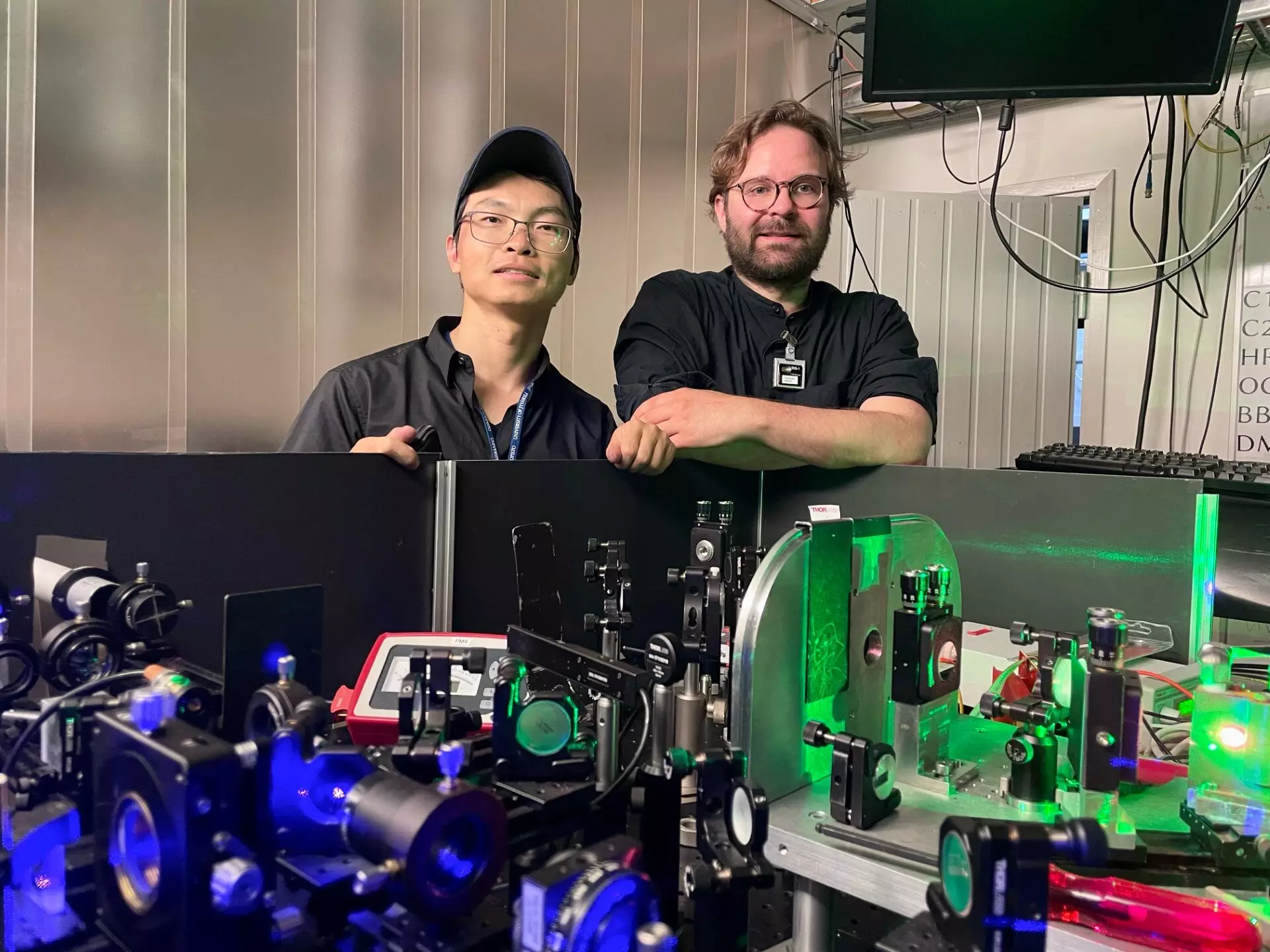The quest to decipher the intricacies of nuclear forces has led researchers from the Department of Physics at the University of Jyvaskyla, Finland, to uncover significant findings related to the so-called magic neutron number, particularly in the silver isotope chain. This research provides a rare glimpse into the inner workings of atomic nuclei and contributes essential data that could refine our theoretical models of nuclear interactions. By examining the nuances around the binding energies and shell closures, these scientists are paving the path for a more nuanced understanding of nuclear structure and behavior.
Magic numbers in nuclear physics refer to certain numbers of protons or neutrons that result in particularly stable configurations within an atomic nucleus. The recently investigated magic number N=50 signifies a closed shell of neutrons, much like the noble gases in chemistry. Silver isotopes, particularly those with mass numbers around 95 to 97, lie in the region crucial for understanding these phenomena. The proximity to tin-100, recognized as the heaviest doubly magic nucleus, provides a fertile ground for investigating various nuclear structure phenomena, which contribute to the finer details of nuclear stability and interactions.
The significance of binding energies cannot be overstated. These energies serve as benchmarks for predicting the stability and behavior of exotic nuclei, which can often showcase properties that diverge from those of more stable isotypes. By determining the binding energies and excitation energies of silver isotopes, researchers can further assess the stabilities of shell closures and single-particle energies. This accounts not just for fundamental nuclear research but also extends to various astrophysical phenomena, particularly rapid proton capture processes that are critical in the synthesis of heavier elements in stars.
A key highlight of this study is the application of advanced methodologies for producing and analyzing exotic nuclei. The research team deployed a renowned hot-cavity catcher laser ion source, working in conjunction with a Penning trap mass spectrometer that utilized a phase-imaging ion-cyclotron resonance (PI-ICR) technique. This combination of state-of-the-art technology provided unprecedented precision in measuring mass, even for exceptionally low yields of one event every ten minutes. By pushing the boundaries of experimental limits, the researchers successfully measured the ground state masses of silver isotopes 95 to 97, showcasing an impressive measurement accuracy of about 1 keV/c².
This meticulous approach has fresh implications for theoretical models, such as ab initio calculations, density functional theories, and shell model calculations, particularly in regions where the neutron and proton numbers are equal (the N = Z line). The results from the study not only validate current models but also highlight discrepancies that demand attention, ultimately promoting enhancements in theoretical frameworks across the board.
The implications of these findings extend beyond the realms of nuclear physics and into astrophysics. The precise measurement of the excitation energy of the silver-96 isomer opens the door to treating the ground state and this isomer as separate entities in astrophysical modeling. Researchers anticipate that these insights could prove vital in understanding processes such as isomeric decay and nucleosynthesis in stellar environments.
Further, this research lays the groundwork for subsequent investigations focusing on ground-state properties along the N=Z line in isotopes situated immediately below tin-100. As experimental methodologies become increasingly sophisticated, the potential for further breakthroughs grow. Each new layer of understanding reinforces the interconnectedness of nuclear properties and their implications in both natural and synthesized processes, which could redefine atomic structure fundamentals and extend our cosmic narrative.
The discoveries made by the University of Jyvaskyla researchers significantly enrich the conversation surrounding nuclear structures and forces. By employing cutting-edge techniques to elucidate the mysteries of the silver isotopes, they not only confirm the robustness of the N=50 shell closure but also provide benchmarks for various theoretical predictions. As studies continue to evolve and adapt in this dynamic field, our grasp of atomic structure and its implications on nuclear stability will undoubtedly deepen, shaping the trajectory of both nuclear and astrophysical sciences for years to come.

